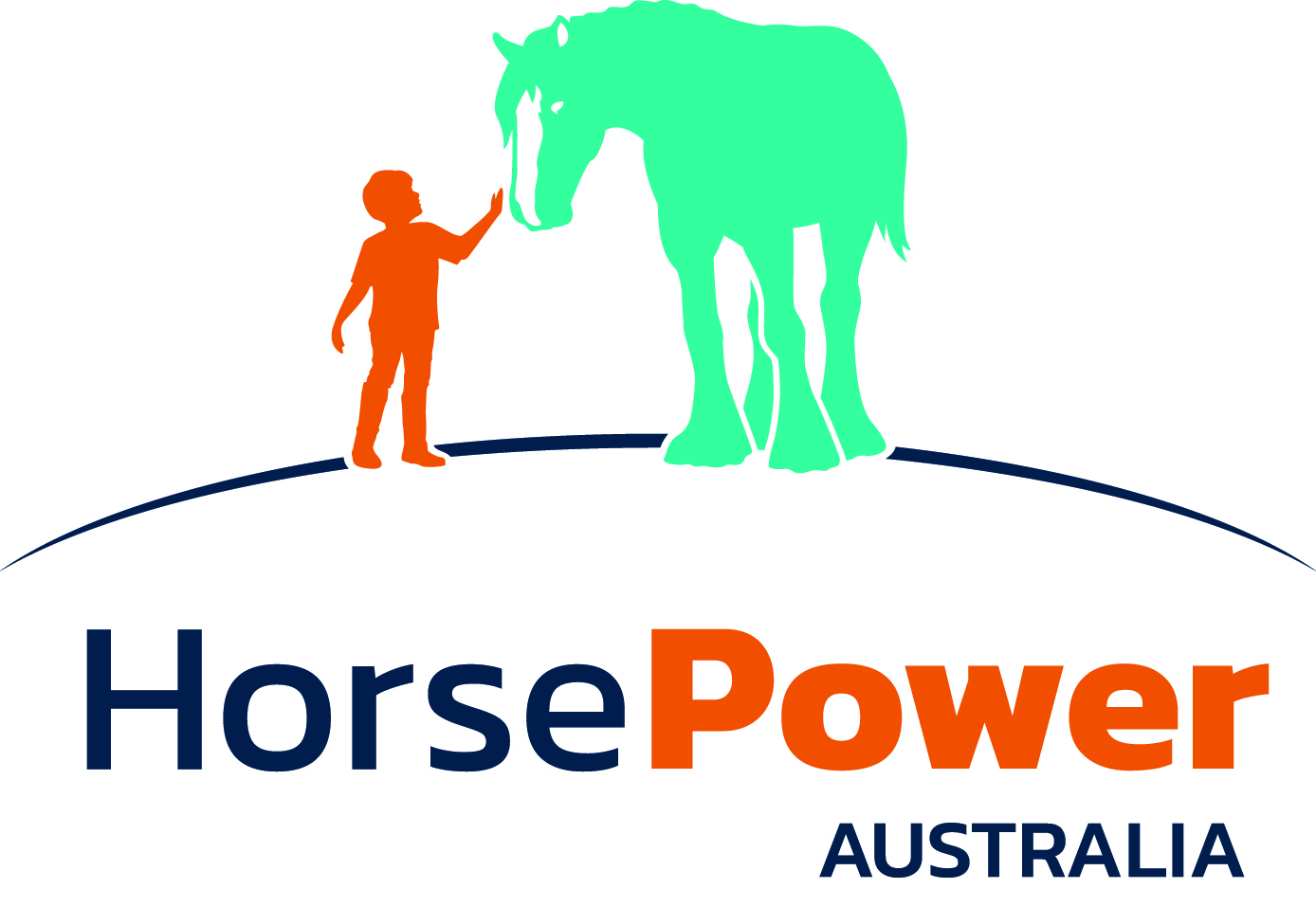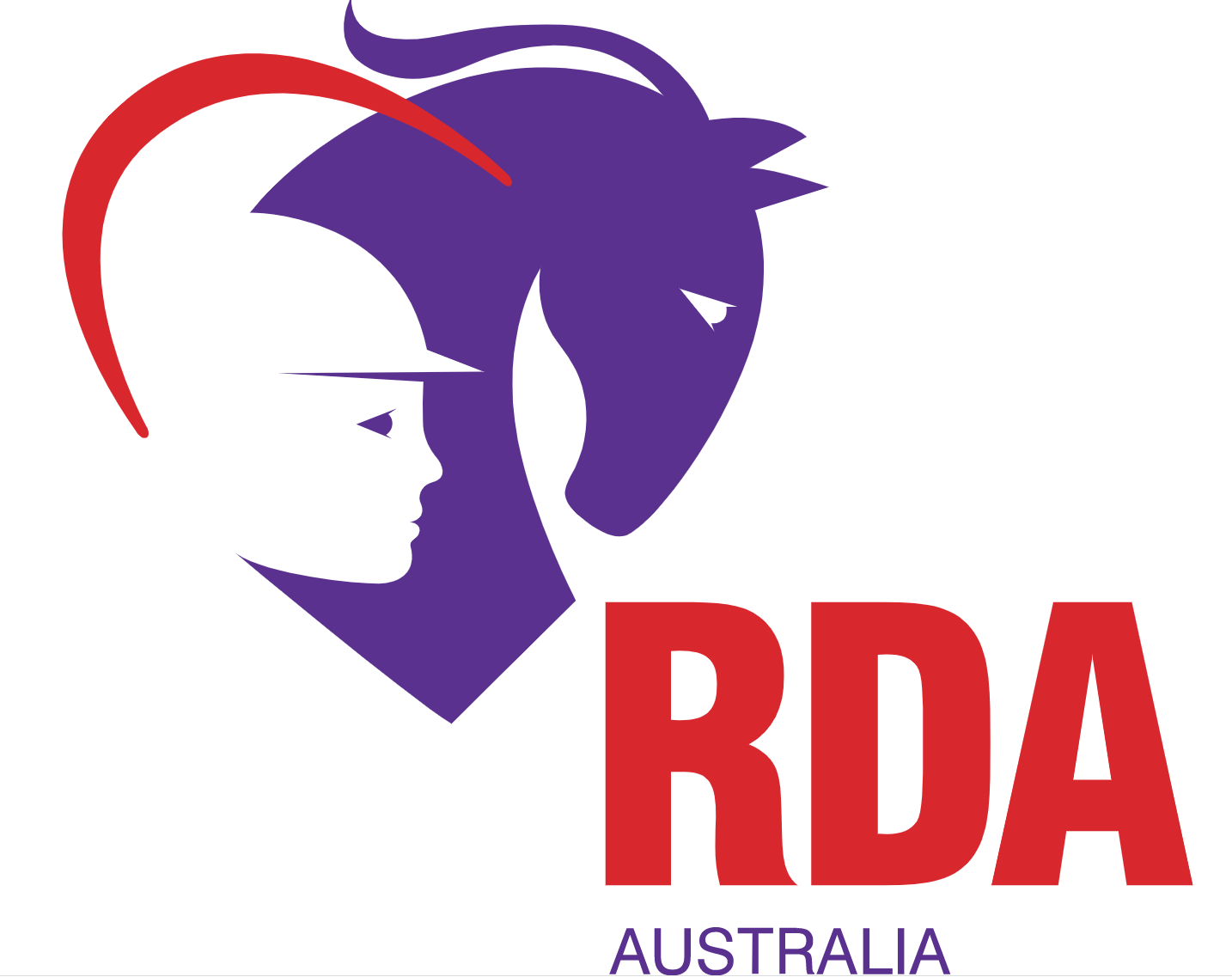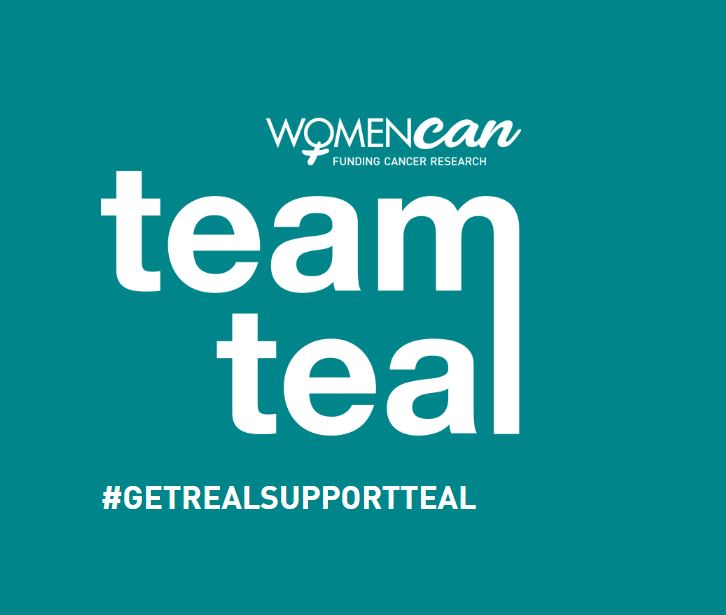History
WAGERING AND THE TOTALISATOR AGENCY BOARD OF WESTERN AUSTRALIA (WATAB) AND RACING AND WAGERING WESTERN AUSTRALIA (RWWA)
The WATAB opened its first agency in Barrack Street, Perth in March 1961, introducing a new era for the State’s racing industry.
The recommendation for an off-course totalisator scheme came from a 1959 Gambling Royal Commission. In 1961, the WATAB was established to replace the 206 licensed off-course betting shops in Western Australia, which were legalised in 1958. Similar authorities were formed in other Australian states.
The WATAB’s first annual report recorded a turnover of just $1 million.
Operating methods in the early days were primitive, and the WATAB was often referred to as a “nightmare of pieces of paper”. To overcome this problem, experiments began in 1962 with an NCR selling machine. By the following year, all agencies were using this mechanised system.
The first computers were introduced in 1965. Two years later, the first agencies were brought online for message transmission to a central computer.
In addition to technical improvements, a number of legislative changes were also introduced throughout the 1960s, such as:
- Increased betting options.
- The right to accept bets on Interdominion trotting when the event was held in New Zealand.
- Allowing for the sale of machines and expertise to race clubs so they could conduct their own totalisators.
- A revised formula for distribution of the WATAB’s surplus to racing and trotting underwent change.
- 18-year-olds were allowed to work in agencies.
Furthermore, customer participation betting terminals were introduced to all agencies and market research continued to result in new ideas, such as betting on All Up, Favourite Numbers and Trifectas.
With the introduction of greyhound racing in Western Australia in 1974, legislative changes cleared the way for the WATAB to be part of the new racing sector.
Other legislative changes allowed for the legal age for betting to be lowered to 18 years of age, and the establishment of the Racecourse Development Trust allowed WA race clubs to receive funds from WATAB unclaimed dividends.
The introduction of instant lottery products and the opening of Burswood Casino increased competition for the entertainment dollar in WA. The WATAB recognised the need to move from an operational to a marketing and selling-based organisation, and introduced a number of changes in the 1987-88 period following the establishment of a marketing and sales infrastructure. These changes included introducing:
- AWA betting terminals, allowing customers to place mystery bets.
- Electronic pre-race dividend information via TVW7’s Teletext service.
- A computerised home betting system via Telstra’s Viatel service.
- A new bet type, Sweepstakes, on major events.
- Upgrading WATAB country outlets.
- Provision of pre-sell betting and betting right up to jump time.
- Additional race meetings in WA.
- “Footy” betting
- Sky Channel service to WATAB outlets.
In 1991, the WATAB’s turnover was less than the previous year for the first time in its history. Whilst much of this downturn was attributed to the economic recession, much of the problem stemmed from its diminishing market access and the closure of The Daily News afternoon newspaper, which provided most of the coverage for the industry. In response to the closure of The Daily News, Goodform publication, later knows as TABForm, was established.
In the years to follow, a major development plan was implemented, involving all aspects of the WATAB’s operations. By 1994 the WATAB’s turnover had reached $500 million, and saw the highest growth rate of all TAB’s in Australia for two consecutive years.
New bet types were introduced during this period, including Mystery Quartet, Superfecta and Rugby League betting. The WATAB also launched Racing Radio, a dedicated racing broadcast service operating from WATAB’s Head Office.
In 1996, the WATAB linked up to South Australia TAB to provide combined pools for Trifecta and Quartet bets.
This year, the WATAB also overhauled its image and launched its new look, complete with a new logo, corporate strategy and agency design. The process is continuing to this day, with new agencies opening up incorporating the new designs, and existing agencies redeveloping to include the new look.
In 1999, the Bonded Agency Agreement was introduced to replace many of WATAB’s managed agencies.
The most significant product enhancement in the WATAB’s history came in 2000, with the introduction of fixed odds sports betting.
In the same year, the Government announced a study into the racing industry, resulting in the Turner Report. The most significant recommendation which came out of the report was for WATAB operations and principal club responsibilities for each code to be conducted within the one entity.
In March 2001, The TAB celebrated its 40th birthday.
Following the Turner Report, Racing and Wagering Western Australia (RWWA) was formed in 2003, with the Totalisator Agency Board ceasing to exist as a legal entity in January 2004, after nearly 42 years providing wagering services to the public.
The TAB brand and operations have since been conducted by RWWA. In the 2003/04 financial year, the TAB reached a major milestone, exceeding $1bn in turnover for the first time.
In 2004, the Racing Industry Economic Review was commissioned by RWWA. The report titled “A Plan To Get Back On Track”, established a blueprint for the conduct of the industry.
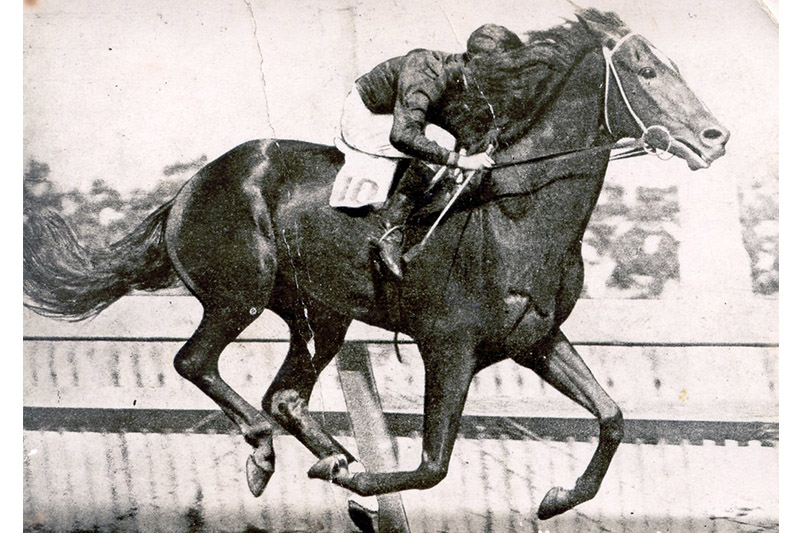
Thoroughbred History
The first recorded race meeting was held in Western Australia in Fremantle on 2 October 1833, although it was not until 1852 that the controlling body, The Western Australian Turf Club, was formed.
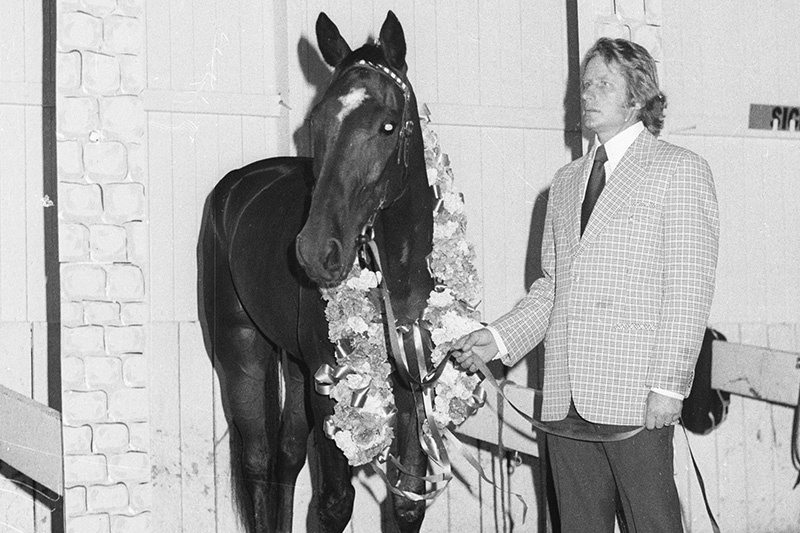
Harness History
James Brennan marked the start of organised harness racing in Western Australia when he called a public meeting that led to the formation of the Western Australian Trotting Association (WATA) in September 1910. Prior to this, the only regular harness racing was conducted at the annual Perth Royal Show.
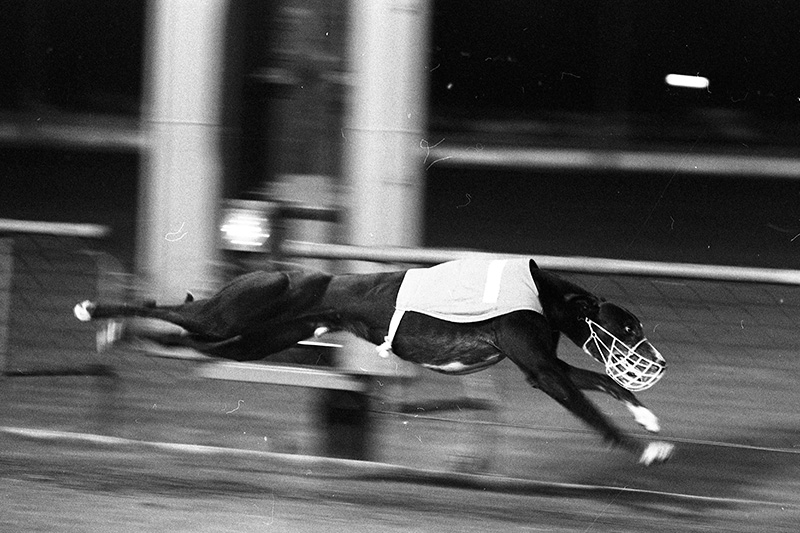
Greyhound History
Trials were being conducted at venues surrounding Perth, and the demand for greyhound racing was gaining momentum. In 1972 the Greyhound Racing Control Act was passed through the Parliament of Western Australia and the Greyhound Racing Control Board was formed.
Latest News
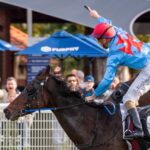
McGruddy Stands Tall In Diggers Cup Victory
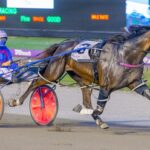
Bond Team In Good Shape For Fremantle Cup Attack
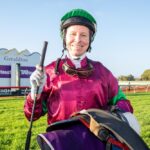
Nicoll Plots Leading Path In Diggers Cup
HISTORY
View the history of racing and wagering in WA..
Latest Publications
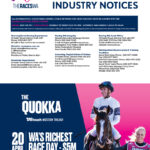
THE RACES WA MAGAZINE


